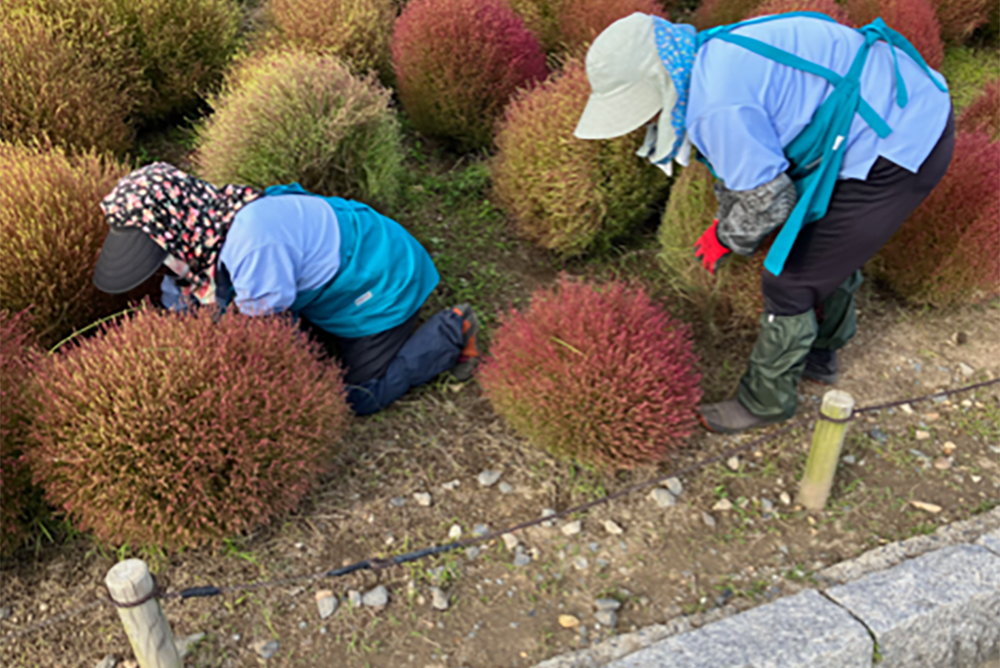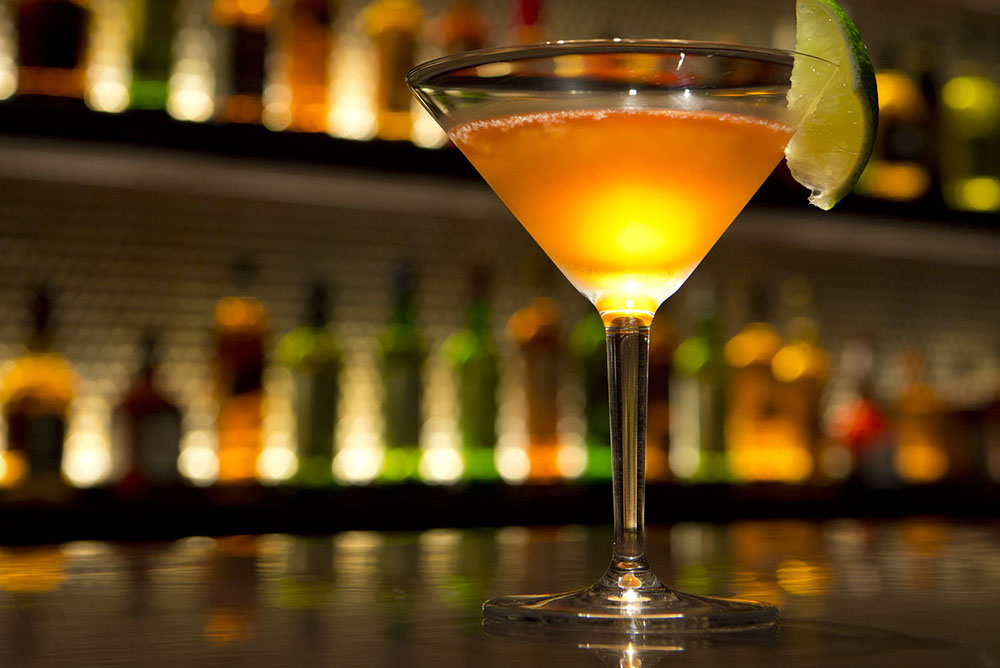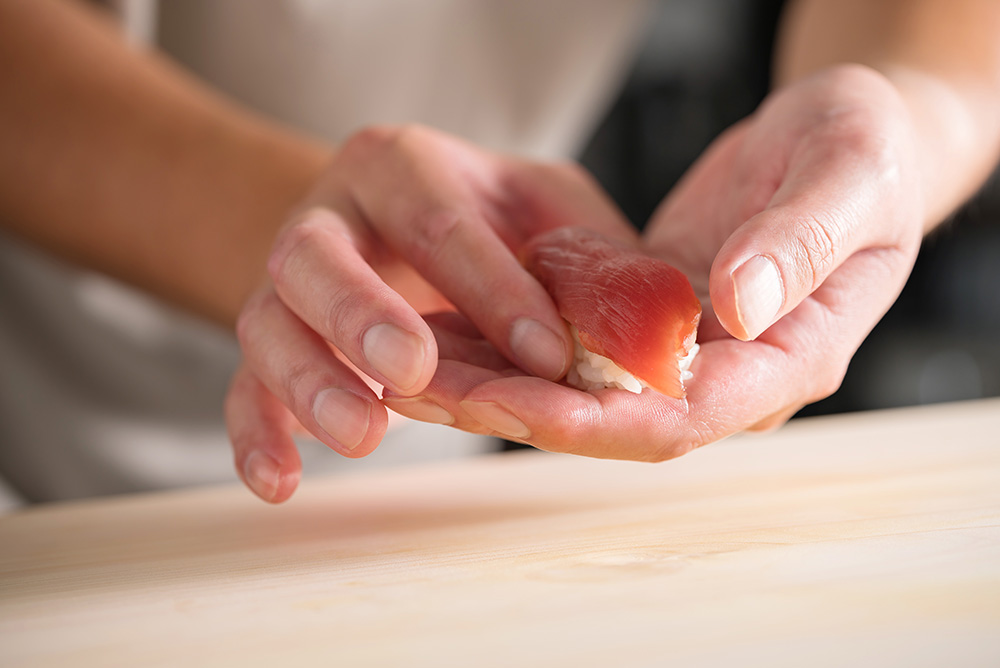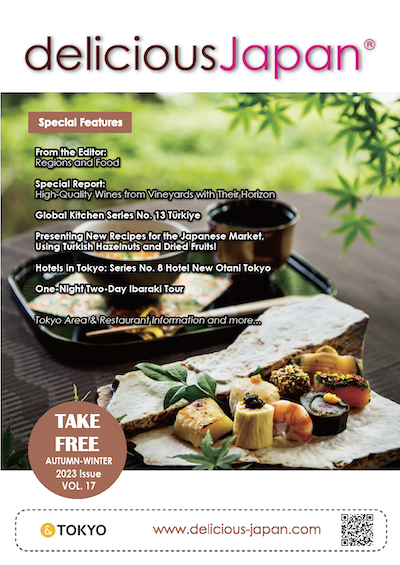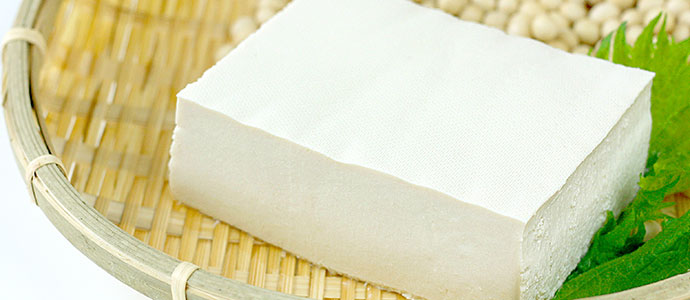
YASUO KUMODA - The Man Who Spread Tofu in the US
Yasuo Kumoda is the "tofu fool" who took tofu, which used to top the ranking of foods Ameericans hated, and spent over 20 years making it into a hit product
How did you end up moving to America?
Morinaga Milk Industry, where I worked before the move, had succeeded in developing tofu that can keep for 10 months. That was revolutionary at the time. But the Japanese government, looking to protect the traditional microscale tofu makers, enacted a law banning the product from sale in Japan. Back then, I had no ability in English, so when I was preparing a plan for the company to expand into America, I was just thinking it would be good for me to start by going overseas occasionally. When I did, the company president said if I was confident, I should go there and try for myself, and in the end I was appointed for the task and set out to America alone.
What were the toughest things about opening up the American Tofu market?
Back then, tofu was so unpopular, it was the number one food Americans disliked. It had such a bad reputation that when I made sales visits to supermarkets, buyers said things like “It doesn’t taste of anything”, “There’s nothing to chew on”, and “It smells like used socks”. Sometimes I even saw people spit it out in front of me. Soybeans were mainly used as animal feed at that time, and they were not recognized as food for humans.
Another problem was that my children, whom I brought with me to America, didn't fit in at their American school, and my wife and children would cry together over their homework. Tofu was surprisingly hard to sell, and when I went home day after day, my children and I would be in dark and gloomy moods.
Was there any trigger for making tofu a popular product?
I saw people in supermarkets putting lots of our tofu into their shopping baskets, and when I asked them, I found they were making tofu shakes for breakfast. When I tried the idea at home, it was really delicious. When I started giving tasting demonstrations, people were lining up. Tofu’s reputation gradually rose. I also made a talking point of tofu as a precious protein source for vegetarians. Five years after coming to America, I was finally getting a grip on the market.
After that, I sometimes met Sikhs, turbaned and clad in white. They are all vegetarians, eating no meat. Tofu was their number one source of protein, and they helped me to sell tofu to health food supermarkets, which sharply expanded our sales channels. Advertising costs money, but there was no budget for it. As a last resort, I adopted the strategy of asking consumers who had bought tofu through distance sales to take the empty boxes of the tofu they had eaten and ask their supermarkets to stock it. I put crisp $10 bills in the envelopes. That hit the spot. As a general rule, it usually takes a lot of money to get a product placed in an American supermarket, but by getting consumers to ask for it, I was able to get our products placed without paying a fee.
The thing that had the biggest impact was that when tofu was mentioned in an interview with Bill and Hillary Clinton, they answered that it is a wonderful health food. Clutching at any straw, I sent a case of tofu to the White House, with a recipe book, and I quickly got a hand-written thank-you card back from Hillary Clinton. That spread knowledge of the value of Tofu all across America. At last, in 1996, annual tofu sales exceeded 20 million blocks.
Do you have any message for Japanese companies aiming to move into the American market?
The image of Japanese food as healthy has taken root in America. I think Japan as a nation should do more to promote Japanese food overseas. The idea so far has been “local production for local consumption”, but from now on, it should be “local production for overseas consumption”. Make food in Japan and get people in other countries to eat it. That’s an important thought. If they really want to spread Japanese food overseas, individuals and companies have to be ready to get serious and put their backs into it. They won’t succeed without that, and I want them to remember it. Washoku was inscribed by UNESCO as intangible cultural heritage in 2013. The market for Japanese food will probably keep on growing. America has 50,000 Japanese restaurants, and the number worldwide, outside Japan, is approaching 110,000. That already surpasses the number of French restaurants.
It is certainly not easy to introduce Japanese food into the different culture of North America. But what gains acceptance in America is certain to spread to Europe. Sushi, tofu, ramen, and shirataki konjac noodles prove that. I want people to have the nerve to step up and take on the challenge. Tofu is certainly not a tasty food for Westerners. But people do need protein. Tofu is the best form of plantbased protein. It is said that peach and chestnut trees take three years to fruit, and persimmons take eight years. Tofu took 10 years. When you set out to expand overseas and make a business succeed in a different culture, you should be ready for it to take five or 10 years. Other than that, it depends whether the company and its local managers are ready to do or die. Among the abilities and attributes required, I think passion is the key to success.

